Lamps* Devices that produce light via an input of electric current. In the electrical trade these devices are called a lamp, whereas it is common for the public to call them light bulbs.
When buying lamps it is important to understand the variations. This guide will break down the key characteristics of lamps into bases, types, brightness values, CRI ratings and power factors.
What are lamp caps & bases?
The ‘cap’ of a lamp, otherwise know as its ‘base’, connects the bulb with the fitting and provides an electrical connection via the two. A lamp’s socket will dictate the type of base that will be required and it is important that the base of the light supports its fixture.
Two widely used types of lamp bases are the Bayonet cap and the Edison screw, with variations of these being the Bayonet Cap (B22d), the small bayonet cap (B15d), the Edison screw (E27), the small Edison screw (E14), and the Giant Edison Screw (GE40). A GU10 lamp is another type used in domestic, commercial and industrial luminaires. The letters indicate the type of base whilst the numbers refer to its diameter in millimetres and the final letter shows whether the bulb has single or double contacts.
Bayonet Cap
A Bayonet cap is a standard lamp fitting in the United Kingdom and British empirical territories of the past. It consists of a male and female receptor secured together through aligned pins and notches that twist together to lock. The advantage of a bayonet cap is that it is resistant to vibrations and does not twist loose, and its push and pin action means it is easy to install but not easy to remove accidentally.
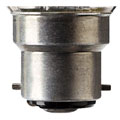
Edison Screw
Edison screw is a standard cap for lamp in North America. Developed by Thomas Edison, the lamps identifiable feature is a right hand threaded metal base that screws into a matching socket. In 1908 Edison’s design was the most commonly used light fitting and was patented by his company, The Thomas-Houston Electric Company.
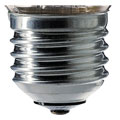
GU10
Identified by its ‘spotlight’ profile with two short square-looking pins ejecting from the bulb’s base, the GU10 requires a similar push and twist type action as the bayonet cap. It is commonly found in areas where bright direct light is required for ease of use: spaces like kitchens, offices and hallways.
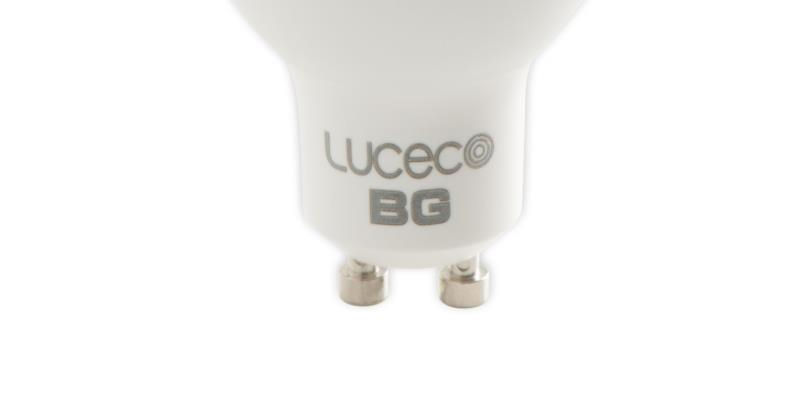
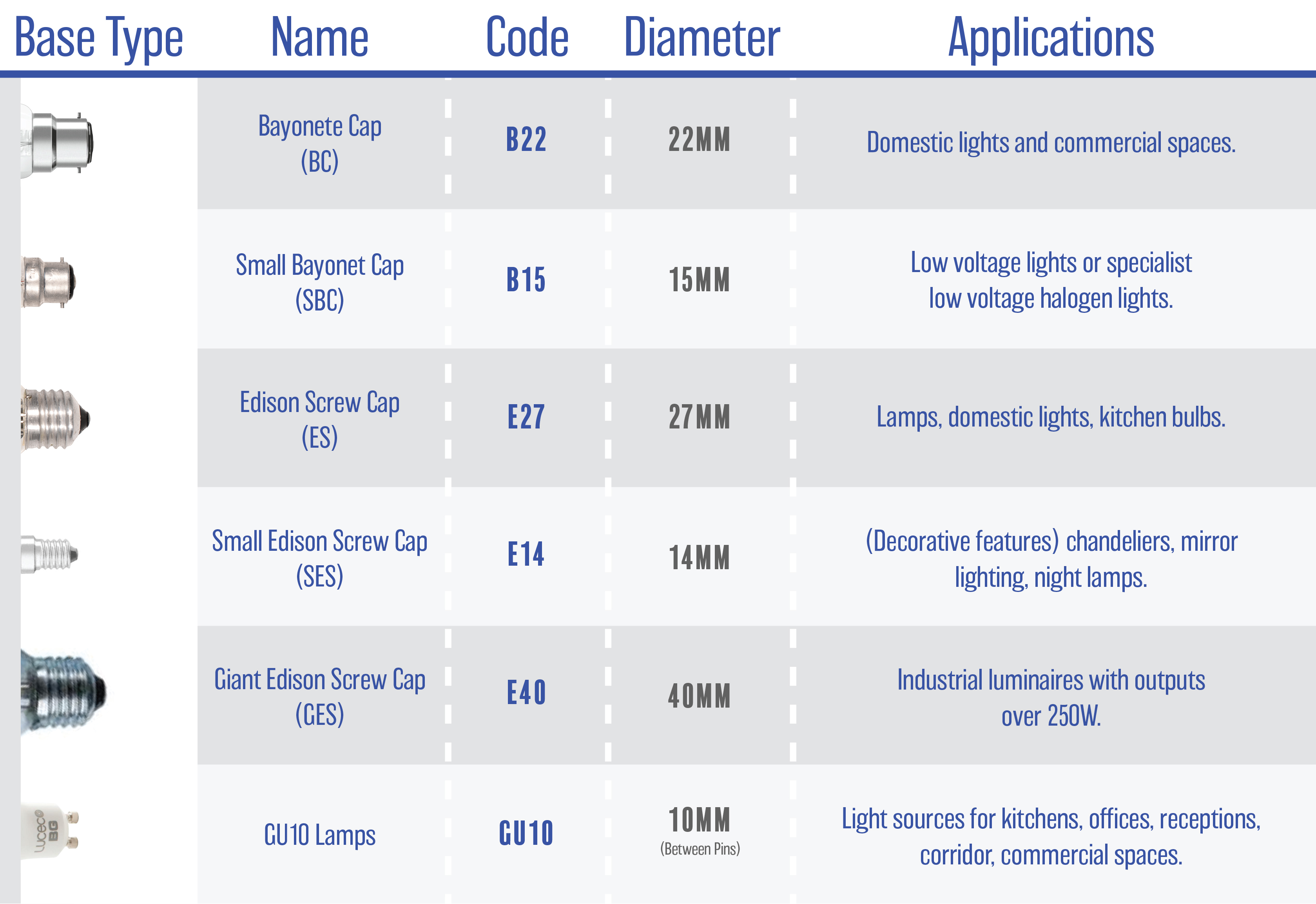
Types of Lamp
The three main types of light sources are Halogen, Compact Fluorescent Lamp (CFL) and LEDs. They all have various energy saving capabilities, typical colour temperatures and lifespans.
Halogen
30% energy saving
least cost effective
cooler colour temperature
shortest lifespan
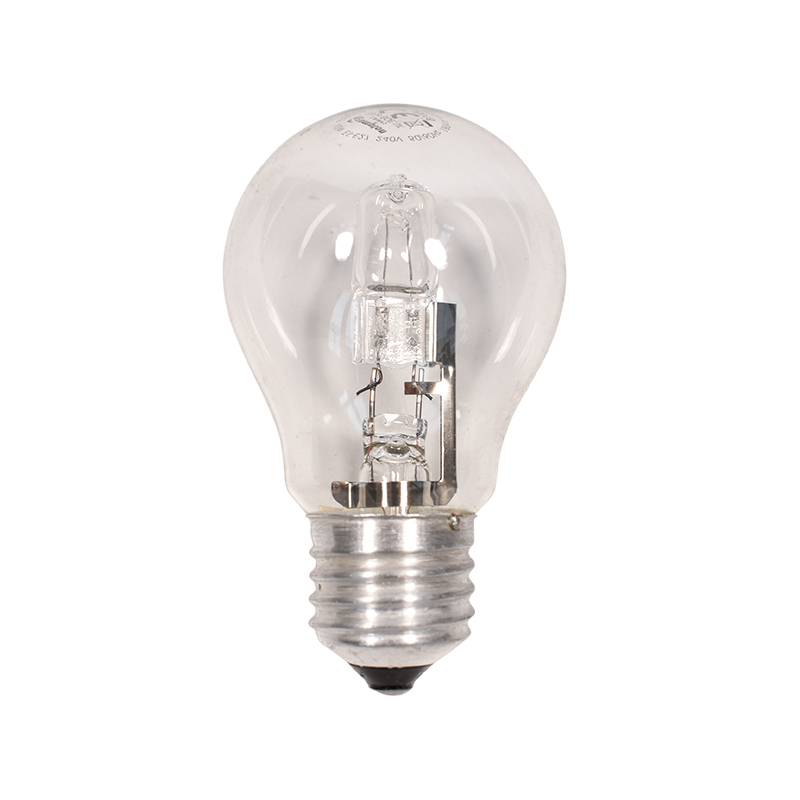
CFL
80% energy saving
cost effective
warmer colour temperature
10 year lifespan
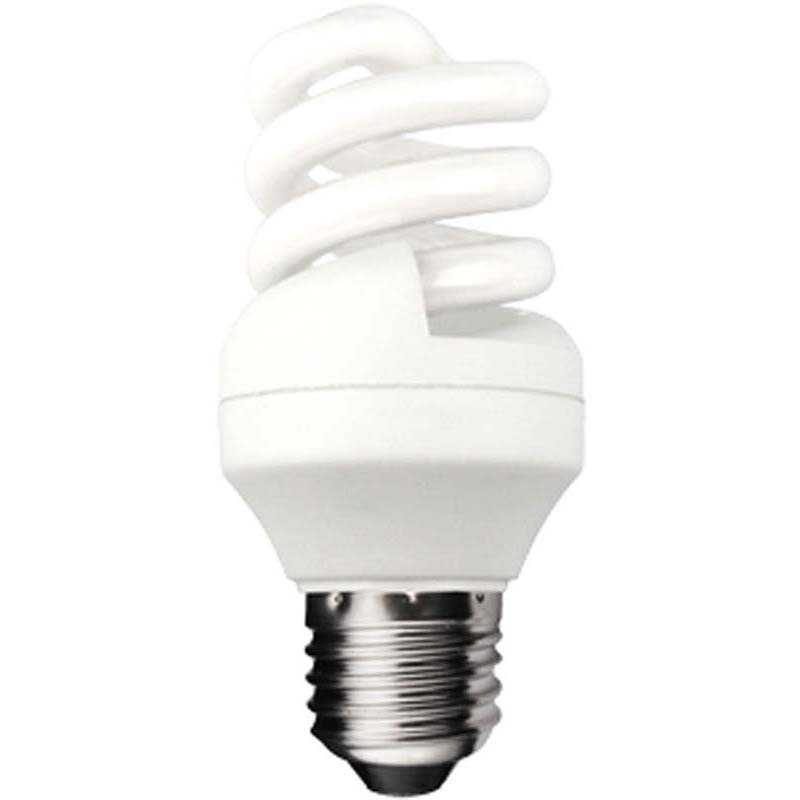
LED
90% energy saving
expensive but cost efficient
cooler colour temperature
longest lifespan

Whilst CFL lamps are cheap and available in different styles the light they emit is not to everyone’s liking. Their energy saving capabilities means they generally emit warmer colour temperatures that may not be appropriate for some environments such as kitchens or offices. However they are four times as efficient as halogen bulbs and quickly pay for themselves in comparison. LEDs use as much as 90% less energy as traditional incandescent lamps, meaning they are the most energy efficient bulb out of the three. Whilst they are more expensive to buy, they last for a much longer period of time than the alternatives and can save you as much as £200 over its 25 year lifetime.
Leading the Way: LEDs
Haitzs’s Law states that every decade the cost per lumen falls by a factor of ten and that the amount of light generated by one LED increases by a factor of 20. A counterpart to Moore’s Law that is based on observations made by scientist Roland Haitz, Haitz’s law predicts that LEDs will become the most popular artificial source of lighting as they become increasingly smaller, cheaper, more efficient and more powerful. Haitz made his predictions in 2000 and already we are seeing them come true. In 2017 it was estimated that 2/3rds of the US population were using LEDs and that on average a massive twenty billion dollars in electricity costs has been saved over the previous decade due to LED technology. Increasing global efforts to further develop the distribution and use of LEDs could potentially cut global carbon emissions by 5%, a figure outlined in a detailed report by Goldman Sachs titled The Low Carbon Economy. By 2020, Goldman Sachs forecasts that LEDs will account for 69% of lamps sold worldwide.
What are Lumens?
The Brightness of a light source is measured in Lumens, a measurement for light output of a luminaire that has replaced the traditional Watt (W) unit as energy saving bulbs have significantly reduced the amount of energy used by light sources. For example, an incandescent lamp with an output of 100W would roughly produce the same Lumen value as an 18W LED bulb.
Where Watts measured the amount of power required by a lamp, Lumens better quantifies its brightness. But whilst there is no direct correlation between the two measurements a high Wattage will nearly always mean a brighter lamp. An 18W halogen lamp, for example, would produce 220 Lumens and a 12W CFL lamp 700 Lumens. 400 Lumens is roughly enough to power a bed-side lamp and an average sized room will require somewhere between 15000-3000 Lumens.
The table below shows that Modern day LED lamps use 80% less Watts than older incandescent models when producing the same amount of Lumens. This suggests why manufacturers have opted away from Watt units towards Lumens as the levels of energy output from halogen, CFL and LED lamps have dramatically decreased with new technology.
Trying to determine how many Lumens you need compared to an incandescent lamp? Follow this table below:
Incandescent output |
Lumen Equivalent |
LED |
CFL |
Halogen |
|---|---|---|---|---|
100W |
1600 |
<22W |
<26W |
<72W |
75W |
1100 |
<20W |
<23W |
<53W |
60W |
800 |
<12W |
<15W |
<43W |
40W |
450 |
<9W |
<11W |
<29W |
Colour Temperature
The colour of light a source emits is measured in Kelvins (K) and measured along a scale of warmer to cooler colours. Warmer colour temperatures (2500K-3200K) are most appropriate for living spaces like bedrooms and lounges because they emit relaxing warm light, whilst cooler colour temperatures (4000K-6500K) are most useful for kitchens, offices, hallways and shops because it best mimics natural light so better illuminates busy spaces.
The images below (from left to right) show a 2700K warm white lamp, a 4200K cool white lamp, and a 6000K daylight temperature lamp.
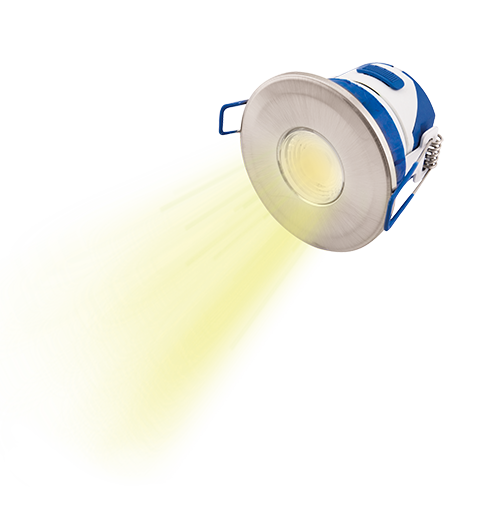
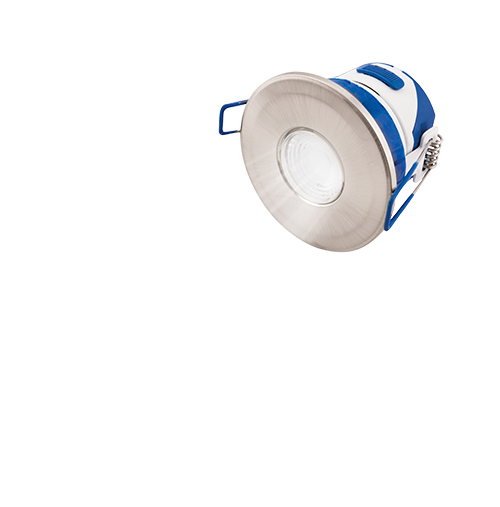
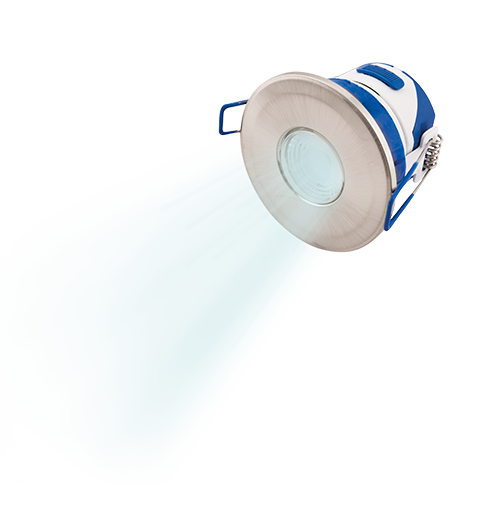
To understand more about colour temperatures and learn how to use them effectively take a look at our easy-to-read article
Colour Temperature: Your Guide.
CRI Ratings & Power Factors
CRI stands for ‘Colour Rendering Index’. It represents the standard criteria used to evaluate the quality of a light source by determining how well a lamp can reproduce colours and how dependably it can do so. CRI allows you to determine the quality of colour that is illuminated by a specific light source and its performance is ranked along a scale of 0-100.
The test involves a varying palette of colours across the chromatic spectrum and how well a light source performs on all colours determines its final CRI value. As a baseline sunlight would be given a CRI of 97-100, whilst fluorescent light sources would score averagely around 70. LED CRI values can range from 70 to 95, so make sure to pay attention to CRI ratings on LEDS to determine quality.
The power factor of a light source quantifies how efficiently it consumes the power from its supply. Measured on a scale between -1 and 1 it is determined by dividing the number of Watts by the measured voltage and current. Light bulbs with a low power factor draws more energy from the source and loses a lot more energy as heat. Higher power factors have a more efficient consumption of energy. For example, a PF value would be expressed as 0.95, which could be read as 0.95% efficient.
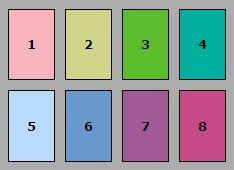
The eight colours used to test the CRI value of a lamp.
Let us help you finish your lighting project. Get in touch with our product specialists and we can help guide you towards a perfect lighting solution. Whether you’re an industry professional taking on a large job or just a DIYer looking to re-fit lighting in your domestic or commercial space, we can ensure you’ll find efficient, top quality lighting at a low cost through LEW.
